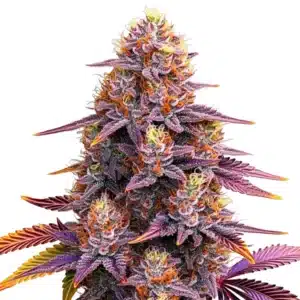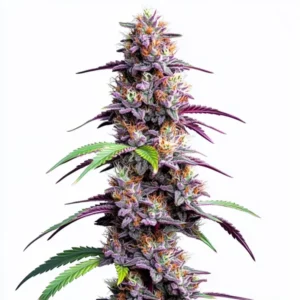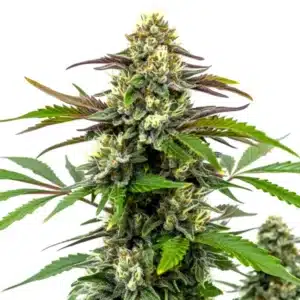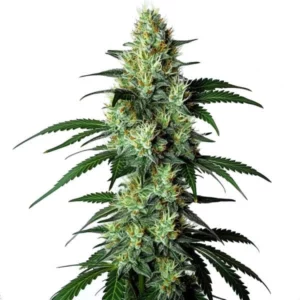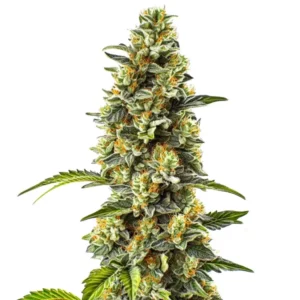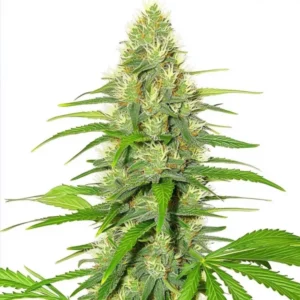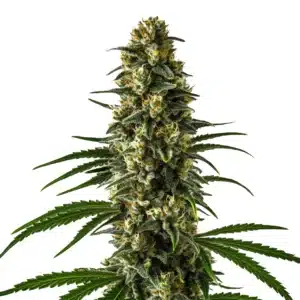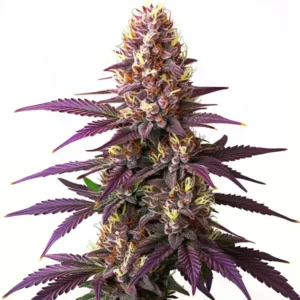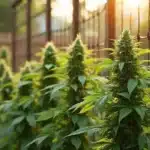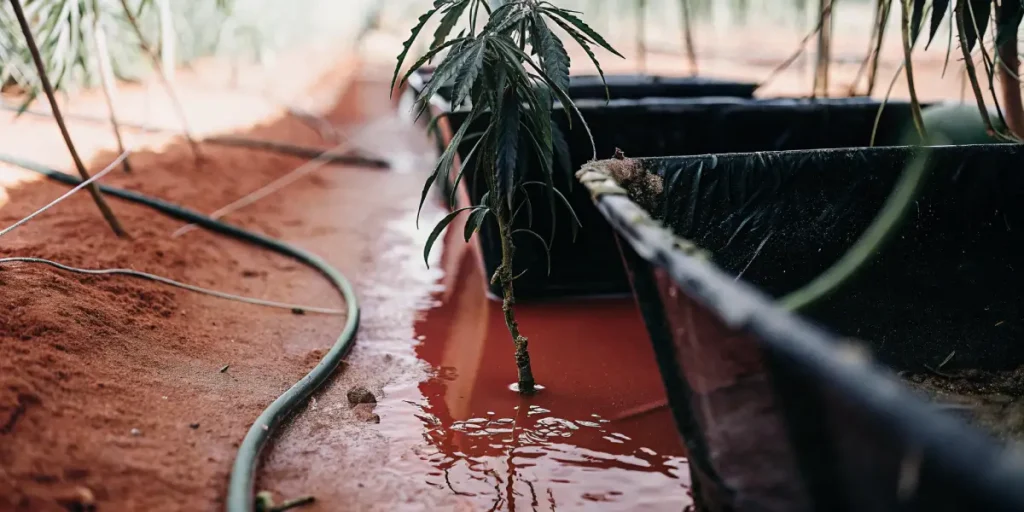
Cannabis Watering Mistakes to Avoid
Watering cannabis plants may seem straightforward, but it’s an art that can make or break your grow. Overwatering and underwatering are the most common cannabis watering mistakes to avoid. A well-balanced approach ensures lush growth and bountiful yields. Misjudging this balance can lead to serious issues.
For first-time growers, it’s easy to overindulge your plants. Unfortunately, this often results in root problems. On the flip side, underwatering can leave your cannabis thirsty and stunted. Knowing how much water your plants need is crucial to their success.
Recommended Strains
Mimosa F1
-
THC: 15% - 20%
-
Type of seed: Feminized F1
-
Phenotype: 55% Sativa / 45% Indica
-
Flavor: Sweet, Fruity, Melon, Banana, Orange
-
Day to flower: 8 - 9 weeks
Mimosa XXL Auto
-
THC: 18% - 20%
-
Type of seed: Autoflowering
-
Phenotype: 50% Sativa / 50% Indica
-
Flavor: Citrus, Fruity, Sweet
-
Life cycle of: 10 - 12 weeks
Every strain has its quirks. For instance, Blackberry Gum Auto thrives with a particular watering schedule. Tailoring your approach based on the strain can lead to better outcomes.
Common Cannabis Watering Errors
Many growers fall into the trap of overwatering. It’s a natural mistake, especially when eager to nurture plants. Overwatering leads to oxygen deprivation in the roots. This can cause root rot, which is a plant’s nightmare.
On the other hand, underwatering can be just as detrimental. Signs of underwatered cannabis plants include wilting and yellowing leaves. The soil may appear dry and compact. This restricts root growth and nutrient uptake.
Being aware of these common cannabis watering errors can save you from a lot of headaches. Consistently monitoring your plants and adjusting your watering practices accordingly is key to avoiding these pitfalls. A proactive approach helps in recognizing issues early and implementing solutions before they escalate.
Another mistake to watch out for is inconsistent watering schedules. Cannabis plants thrive on regularity, and sudden changes can stress them. Stick to a routine that aligns with the plant’s natural needs and adjust based on their response. This is one of the fundamental cannabis watering mistakes to avoid.
Overwatering Cannabis Plants Solutions
To tackle overwatering, ensure pots have proper drainage. This prevents water from pooling at the roots. Use pots with drainage holes and a well-aerated soil mix. Adding perlite or coco coir can improve aeration.
Determine a suitable watering schedule. Check the top inch of soil before watering. If it’s dry, it’s time to water. If it’s still moist, wait a day or two. This helps avoid waterlogging the roots.
Incorporate the practice of lifting pots to gauge their weight as a method to prevent overwatering. Light pots typically indicate the need for water, while heavy pots suggest otherwise. This tactile approach helps in honing your intuition regarding your plants’ hydration needs.
Consider adopting a staggered watering approach, especially in larger grows. Watering smaller sections at a time allows you to better control the amount of water each plant receives. By doing so, you adhere to effective overwatering cannabis plants solutions that promote healthier growth.
Prevent Root Rot in Cannabis
Cannabis watering mistakes to avoid like overwatering or poor drainage can lead to root rot, which may devastate your grow if not addressed. Root rot manifests as browning roots and a foul smell. Infected plants often show yellowing leaves and stunted growth.
To prevent root rot, ensure your growing medium drains well. Avoid compacting the soil around the roots. This allows air to circulate freely, keeping the roots healthy.
Implementing a preventive regime involves regular inspection of root health. Carefully remove plants from pots occasionally to check for early signs of root rot. Early detection makes it easier to rectify issues and salvage your plants.
Besides, utilizing beneficial microbes can help maintain a healthy root environment. These microorganisms can outcompete harmful pathogens, serving as a biological control to prevent root rot in cannabis. This proactive measure complements good watering practices.
Promos & Deals
Cannabis Watering Schedule Tips
Crafting a watering schedule tailored to your plants’ needs is essential. Start by knowing the water requirements of your chosen strains. Some strains need more frequent watering, while others prefer drier conditions.
Climate plays a huge role in how often you should water. In hot, dry climates, your plants may require more frequent hydration. Conversely, in cooler, humid climates, less frequent watering is necessary. Adjusting your watering schedule according to the climate is key.
Aside from climate, container size and the growth stage of your plant should influence your cannabis watering schedule tips. Larger pots retain moisture longer, necessitating less frequent watering compared to smaller pots that dry out faster.
Documenting your watering practices in a journal can provide insight into patterns and help in fine-tuning your schedule. This record serves as a valuable reference, guiding adjustments to correct any cannabis watering mistakes to avoid.
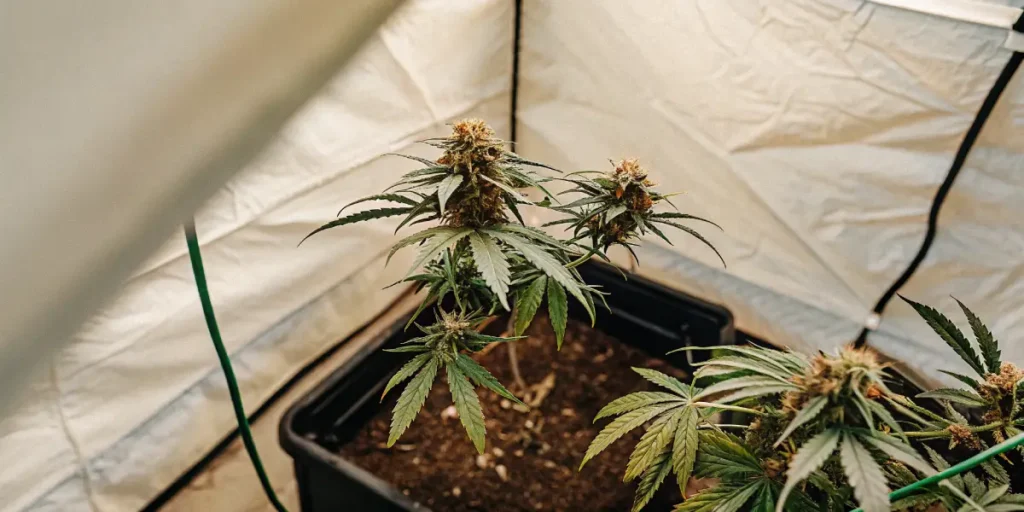
Signs of Underwatered Cannabis Plants
Identifying underwatered plants early can save your crop. Wilting is a major indicator. Unlike overwatered plants, underwatered ones will have dry, brittle leaves. The soil will also feel dry to the touch.
Regularly monitor the weight of your pots. Lightweight pots often indicate that watering is needed. Once watered, the pots should feel noticeably heavier.
Another sign of underwatered cannabis plants is slow growth. If your plants appear to be lagging behind in development, it may be a signal that they’re not receiving enough water. Ensure this isn’t mistaken for nutrient deficiencies, which can present similar symptoms.
Maintaining a consistent observation routine helps in detecting these symptoms early. Adjust your watering practices promptly to mitigate the risks associated with underwatering, ensuring your plants remain vibrant and healthy.
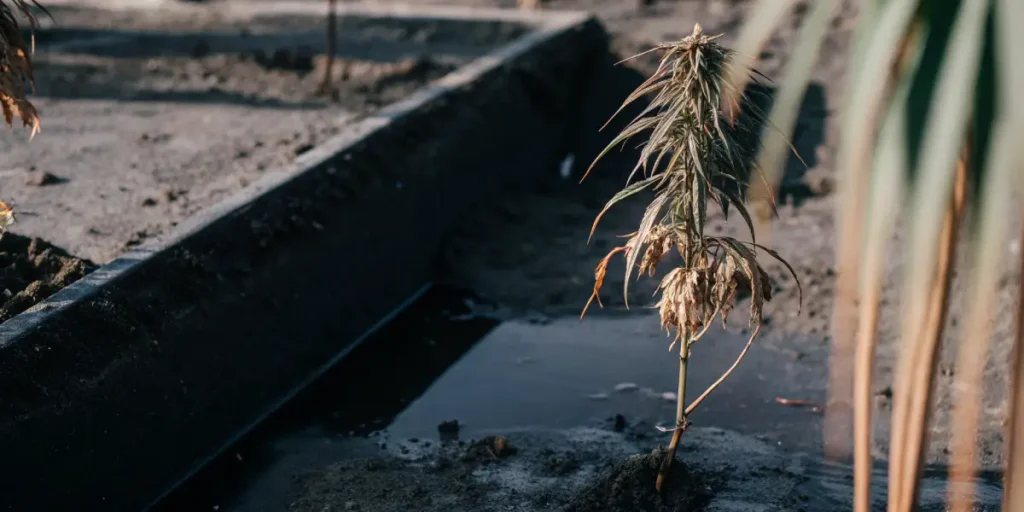
FAQs on Cannabis Watering
How often should I water my cannabis plants?
The frequency of watering depends on several factors, including the plant’s stage of growth, the climate, and the strain. Young plants and seedlings generally need more frequent watering than mature plants. Hot and dry climates might require daily watering, while cooler conditions might only need watering every few days.
A good rule of thumb is to water when the top inch of soil feels dry. This prevents both overwatering and underwatering. Remember, each strain has its own needs, so research your specific cannabis strain on sites like Blimburn Seeds for more tailored advice.
For those starting out, using a calendar or digital reminder system can help establish a routine. This practice ensures you don’t forget to check your plants, thereby avoiding common cannabis watering errors that can affect plant health.
Additionally, consider seasonal changes that may alter your watering schedule. As seasons shift, so do temperature and humidity levels, impacting how frequently your plants will need water.
What are the signs of overwatering my cannabis plants?
Overwatering is a frequent issue among novice growers. Symptoms include drooping leaves, despite the soil being wet. Leaves may also appear swollen or overly saturated. This condition can lead to root rot if not corrected promptly.
To fix this, allow the soil to dry out before watering again. Ensure your pots have adequate drainage. This allows excess water to escape, preventing root suffocation. Using a well-draining soil mix can also help mitigate this problem.
Another indicator of overwatering is the presence of fungus gnats. These pests thrive in damp soil conditions and can be a nuisance. Addressing overwatering can help in reducing their prevalence.
Creating an environment that naturally discourages overwatering can involve setting up a drip irrigation system. This system provides precise amounts of water, minimizing the risks associated with human error in watering practices.
Can I use tap water for my cannabis plants?
Tap water can be used, but it’s essential to check its quality first. High chlorine levels and hard water can harm your plants. If your tap water is chlorinated, let it sit out for 24 hours before using it. This allows chlorine to evaporate.
Consider using a water filter to remove impurities. Testing the pH level of your water is also important. Cannabis plants thrive in a pH range of 6.0 to 7.0. Adjusting the pH with suitable products ensures your plants absorb nutrients effectively.
It’s important to note that water temperature also plays a role. Using room temperature water can prevent shocking the plant’s roots, promoting better absorption and overall health.
For those with consistently poor quality tap water, investing in a reverse osmosis system may be beneficial. This ensures a steady supply of clean water, reducing the potential for cannabis watering mistakes to avoid.
How do I prevent nutrient lockout due to watering issues?
Nutrient lockout occurs when plants can’t absorb nutrients from the soil. This is often caused by incorrect pH levels or overwatering. Regularly testing the pH of your water and soil is crucial to prevent this issue.
To avoid nutrient lockout, ensure your watering practices maintain a balanced pH. Avoid over-fertilizing, as this can alter pH levels. Using a consistent watering schedule helps maintain optimal soil conditions for nutrient uptake.
Implementing a regular flushing schedule can help prevent nutrient build-up that leads to lockout. This process involves watering with plain water to clear excess nutrients from the soil.
Regularly rotating your nutrient formulas can also prevent deficiencies or toxicities. Adapting to the specific needs of your plant’s growth stage helps maintain a balance and prevents nutrient lockout related to watering issues.
What is the best time of day to water cannabis plants?
The best time to water is early in the morning. This mimics natural dew and allows the plant to absorb moisture throughout the day. Watering in the morning also reduces the risk of mold and mildew, which thrive in damp conditions.
Evening watering is less ideal as it can leave the soil too wet overnight. This can promote fungal diseases and root rot. Sticking to a morning schedule helps keep your plants healthy and thriving.
If morning watering isn’t feasible, aim for early afternoon as the next best option. This still allows adequate time for the soil to dry slightly before nightfall, reducing risks associated with excess moisture.
Adopting this timing as part of your cannabis watering schedule tips can greatly enhance your plants’ health. Consistency in this routine ensures your plants develop a natural rhythm, supporting robust growth.

